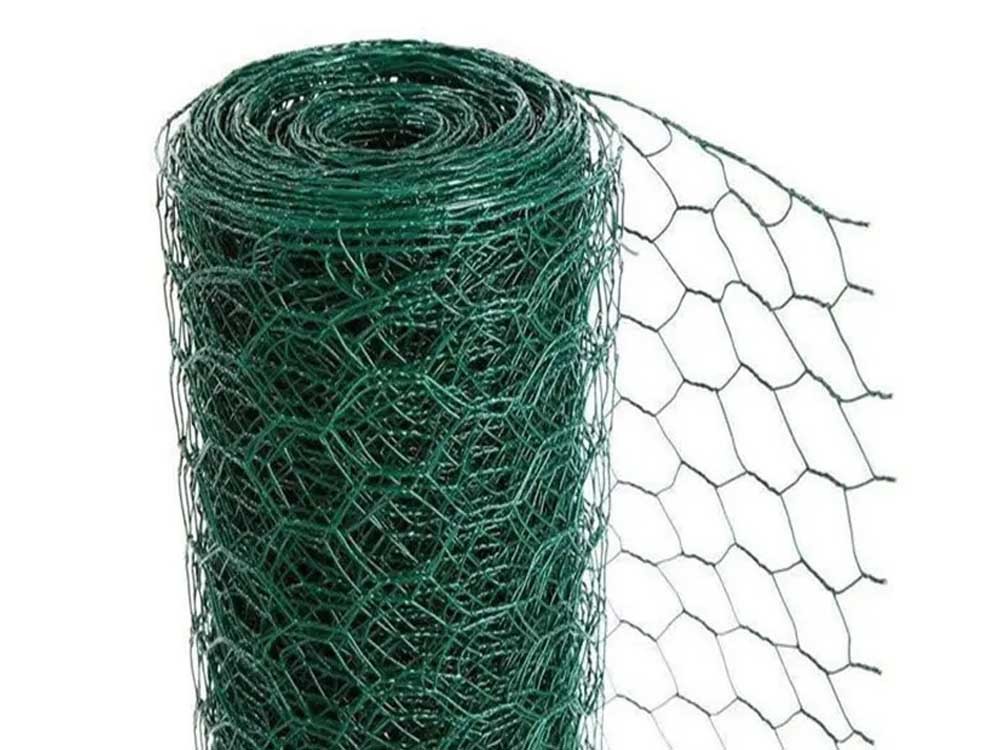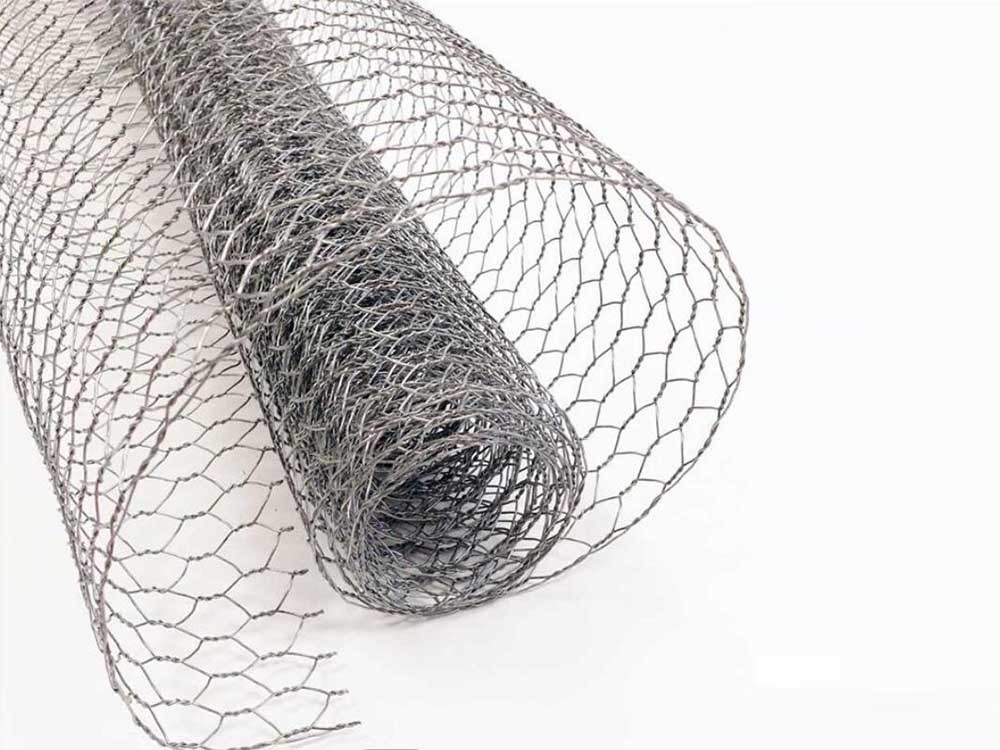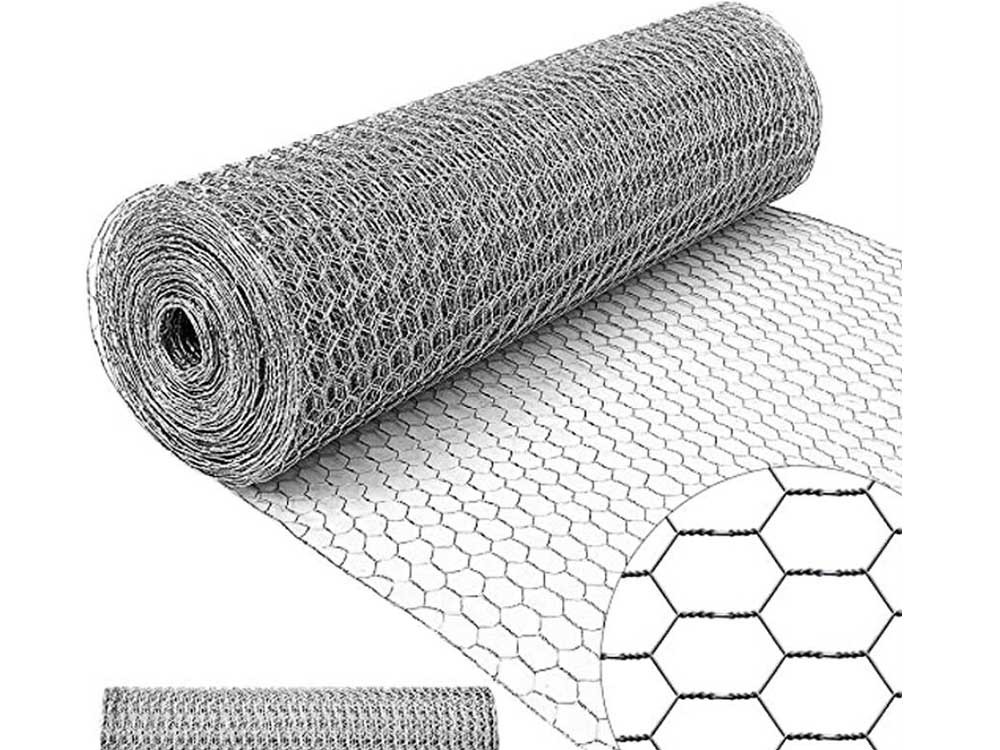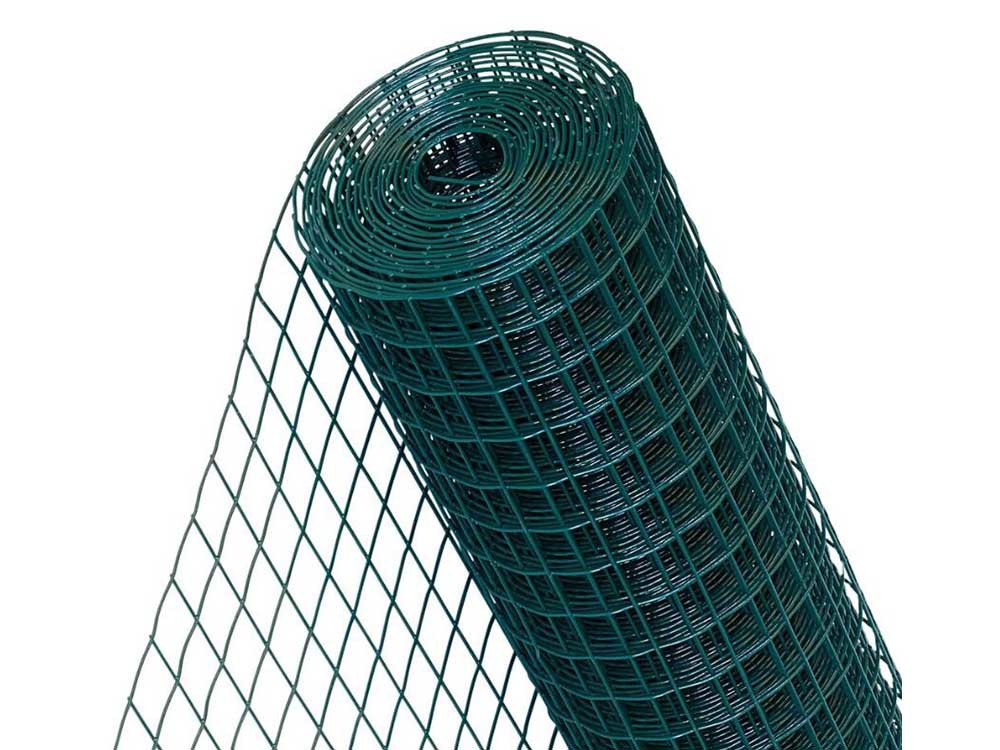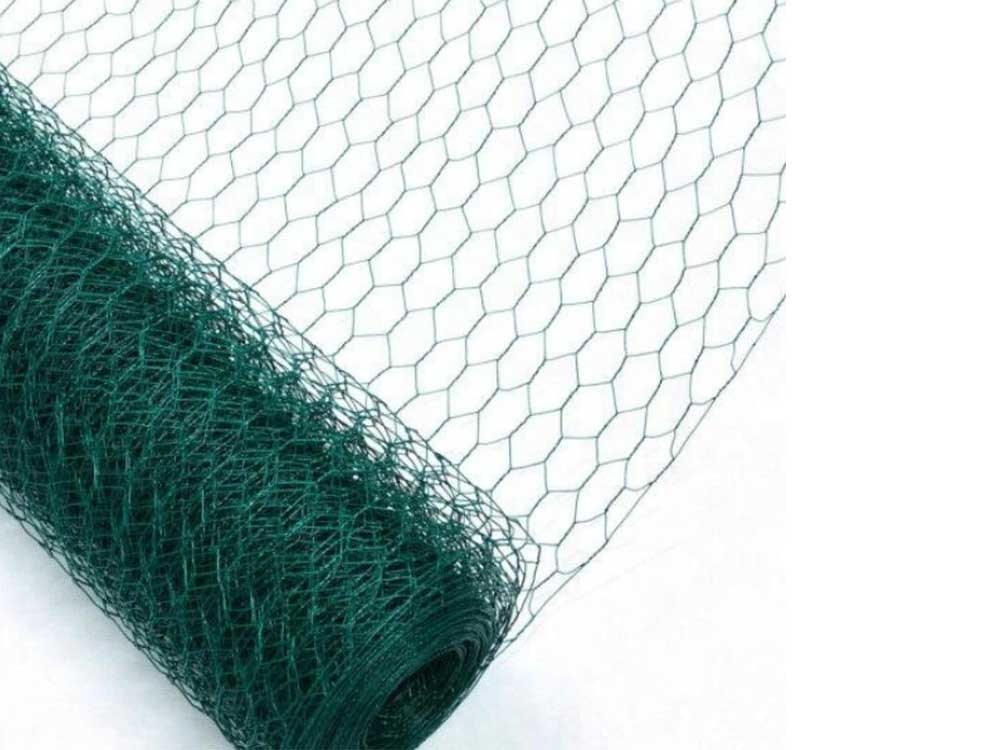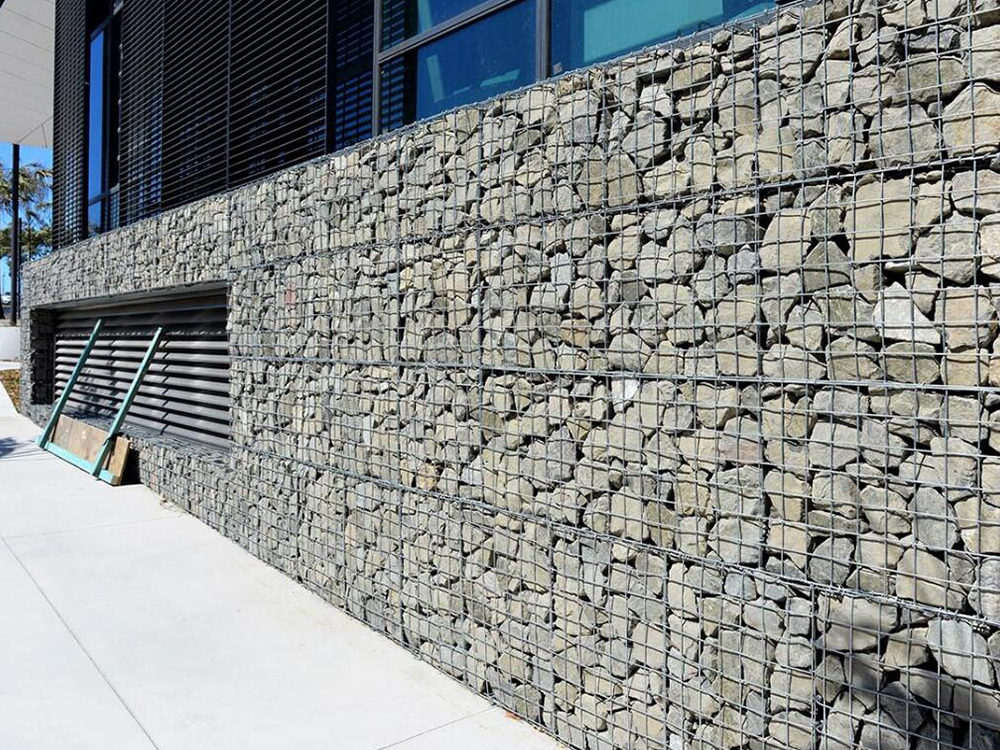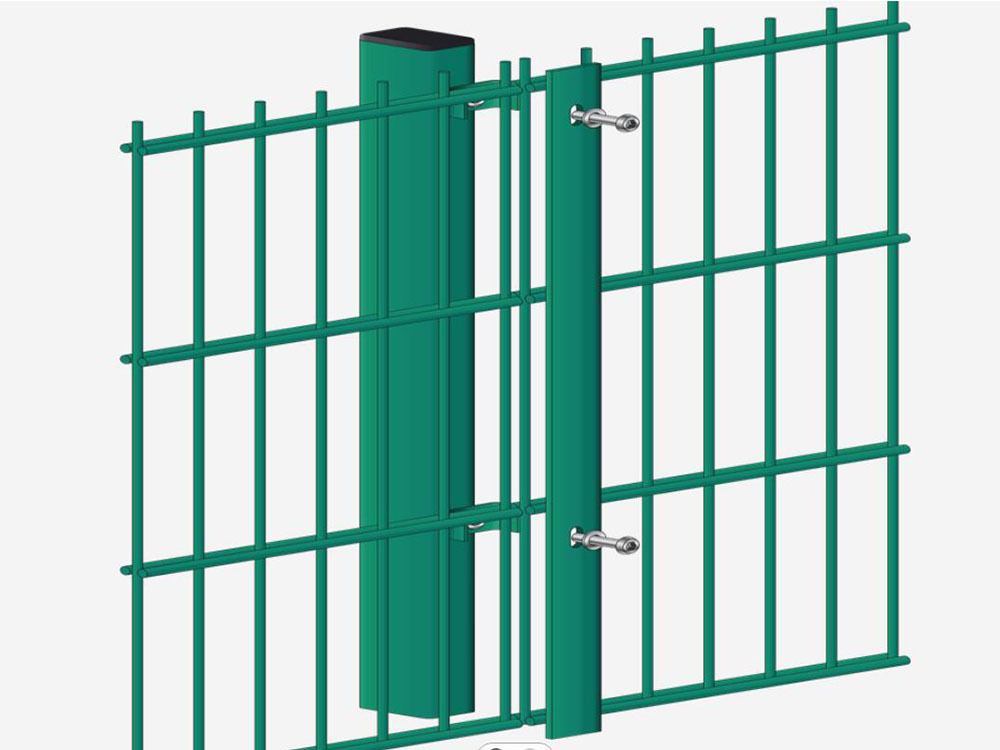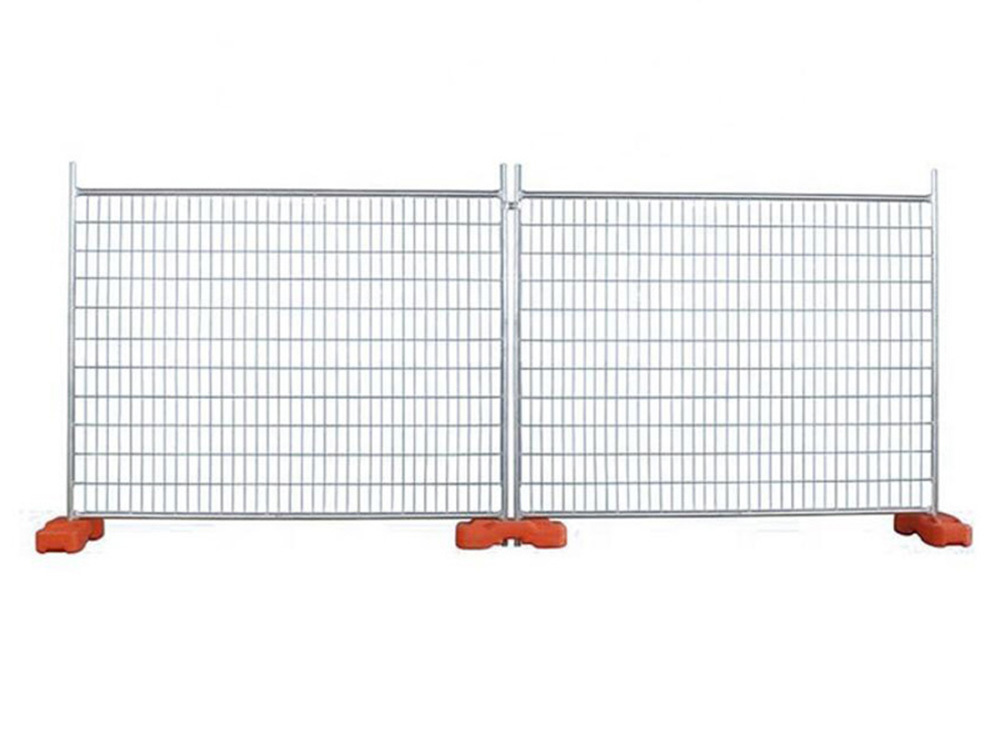A Comprehensive Guide to Chain Link Fencing: Benefits, Applications, and Maintenance
Release Time:
May 11,2025
Chain link fencing is a versatile and popular choice for a variety of applications in the construction and decorative materials sector. Known for its durability, affordability, and ease of installation, chain link fencing is commonly used in residential, commercial, and industrial settings. This guide will delve into the key aspects of chain link fencing, providing valuable insights for profession

Chain link fencing is a versatile and popular choice for a variety of applications in the construction and decorative materials sector. Known for its durability, affordability, and ease of installation, chain link fencing is commonly used in residential, commercial, and industrial settings. This guide will delve into the key aspects of chain link fencing, providing valuable insights for professionals in the field.
**Benefits of Chain Link Fencing**
One of the primary advantages of chain link fencing is its strength and durability. Made from galvanized steel or coated with vinyl, it can withstand harsh weather conditions, making it suitable for various environments. This resilience ensures that the fence will last for many years with minimal maintenance.
Another benefit is its cost-effectiveness. Chain link fencing is often more affordable than other types of fencing materials, such as wood or vinyl. This cost efficiency makes it an excellent choice for large-scale projects where budget constraints are a concern. Additionally, its transparent design allows for visibility, making it ideal for security purposes while not obstructing views.
**Applications of Chain Link Fencing**
Chain link fencing has a wide range of applications, making it a go-to option for many professionals. In residential areas, it is frequently used to enclose backyards, gardens, and pools, providing a safe environment for pets and children. For commercial properties, chain link fences are often employed to secure perimeters, storage areas, and construction sites.
Moreover, chain link fencing is commonly utilized in sports facilities. It is used to create enclosures for tennis courts, baseball fields, and dog parks, ensuring safety while maintaining an open feel. Its versatility also extends to agricultural settings, where it can be used for livestock containment and crop protection.
**Maintenance of Chain Link Fencing**
While chain link fencing is relatively low-maintenance, proper care is essential to prolong its life and maintain its appearance. Regular inspections should be performed to identify any signs of wear, such as rust or damage to the coating. If rust is detected, it can be addressed promptly by cleaning the affected area and applying a protective coating.
In addition to rust prevention, routine cleaning is recommended to remove dirt and debris. A simple wash with soap and water can keep the fence looking its best while preventing the buildup of grime that may lead to corrosion.
In conclusion, chain link fencing is a practical and reliable choice for various applications within the construction and decorative materials industry. Its durability, cost-effectiveness, and versatility make it an attractive option for professionals seeking fencing solutions. By understanding the benefits, applications, and maintenance requirements, industry experts can make informed decisions when incorporating chain link fencing into their projects.
**Benefits of Chain Link Fencing**
One of the primary advantages of chain link fencing is its strength and durability. Made from galvanized steel or coated with vinyl, it can withstand harsh weather conditions, making it suitable for various environments. This resilience ensures that the fence will last for many years with minimal maintenance.
Another benefit is its cost-effectiveness. Chain link fencing is often more affordable than other types of fencing materials, such as wood or vinyl. This cost efficiency makes it an excellent choice for large-scale projects where budget constraints are a concern. Additionally, its transparent design allows for visibility, making it ideal for security purposes while not obstructing views.
**Applications of Chain Link Fencing**
Chain link fencing has a wide range of applications, making it a go-to option for many professionals. In residential areas, it is frequently used to enclose backyards, gardens, and pools, providing a safe environment for pets and children. For commercial properties, chain link fences are often employed to secure perimeters, storage areas, and construction sites.
Moreover, chain link fencing is commonly utilized in sports facilities. It is used to create enclosures for tennis courts, baseball fields, and dog parks, ensuring safety while maintaining an open feel. Its versatility also extends to agricultural settings, where it can be used for livestock containment and crop protection.
**Maintenance of Chain Link Fencing**
While chain link fencing is relatively low-maintenance, proper care is essential to prolong its life and maintain its appearance. Regular inspections should be performed to identify any signs of wear, such as rust or damage to the coating. If rust is detected, it can be addressed promptly by cleaning the affected area and applying a protective coating.
In addition to rust prevention, routine cleaning is recommended to remove dirt and debris. A simple wash with soap and water can keep the fence looking its best while preventing the buildup of grime that may lead to corrosion.
In conclusion, chain link fencing is a practical and reliable choice for various applications within the construction and decorative materials industry. Its durability, cost-effectiveness, and versatility make it an attractive option for professionals seeking fencing solutions. By understanding the benefits, applications, and maintenance requirements, industry experts can make informed decisions when incorporating chain link fencing into their projects.
Keywords:
More information



